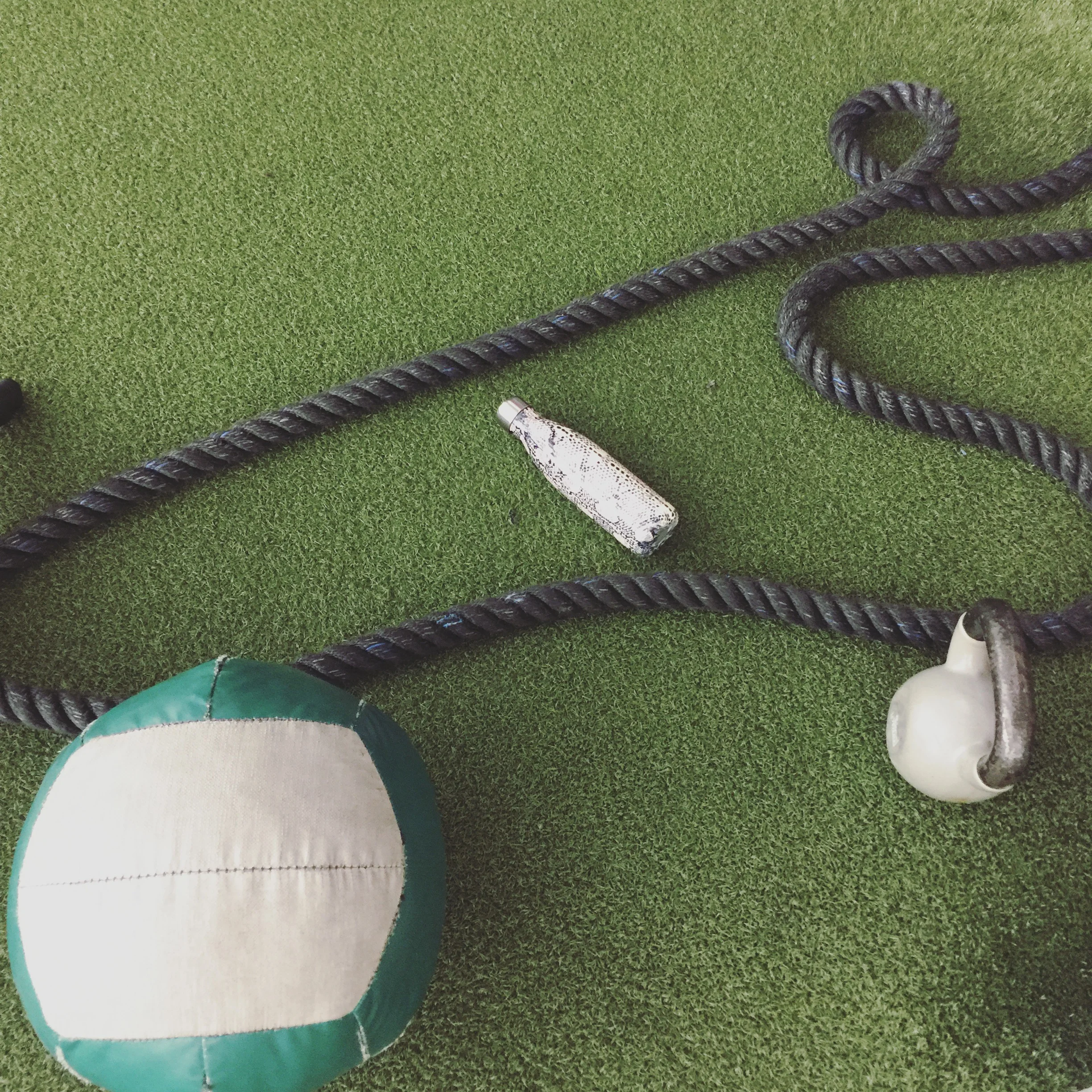I hear all the time from women who think they need to do more cardio to lose weight, or they can’t start lifting weights until they first lose the weight with cardio. I hear this so often that I felt inspired to answer the question: do you need cardio to lose weight?
I should make the distinction that when I refer to cardio, I’m primarily talking about the cardio we feel we “have” to do. I’m not talking about cardio for pure enjoyment, for example if you’re an avid hiker, biker, runner, swimmer or play recreational sports. All of those are life enhancing and positively add to the overall quality of life. It’s when we feel a dreaded sense of obligation to hop on a piece of cardio equipment with hopes that the scale will read lower the next week, that our pants will fit a little differently, our stomach will appear a little flatter or our face a little leaner.
What most people miss, is they associate losing fat with cardio and putting on “bulky” muscle with weight training. If you read my last post, you know that while it’s possible for a woman to put on muscle size, the average woman doesn’t get bigger just by weight lifting. Since muscle is much denser than fat, when we put on lean muscle, we become a smaller and tighter version of ourselves.
The Problem with Using Cardio to Lose Weight
In the beginning, cardio can be effective for losing weight. The problem is when we plateau or it becomes unsustainable, typically due to time constraints or boredom, to be consistent with cardio workouts.
- We can only increase the number of calories burned from cardio by boosting intensity and/or duration. If we perform cardio on a regular basis, the body adapts to the stimulus and becomes more efficient, so we actually start to burn less calories.
- Frequent and long duration cardio heightens cortisol, the stress hormone, which increases fat stores (especially in the mid-section), insulin resistance, inflammation and hormonal imbalances.
- When it comes to shaping the body, whether it’s toned arms or a tight lifted butt, cardio does nothing in comparison to resistance training. When steady-state cardio is performed most days of the week, in combination with calorie restriction, we lose muscle. Loss of muscle means a lower resting metabolism and a harder time losing weight.
- The lack of variety in cardio versus strength training makes cardio more one dimensional. While cardio can make you sweat so you feel like you’re doing something, I can’t help but feel like a hamster on a wheel. Strength training includes hundreds of exercises and different modalities that keep workouts interesting and empowering.
The Four Pillars to Fat Loss
- Sleep and stress management
- Food quality and quantity
- Weight training
- Cardio
Cardio doesn’t create a radical and lasting transformation. When I list the top pillars to fat loss, cardio falls at the end of the list. Fat loss is an energy equation of calories in versus calories out. Cardio does a good job of burning calories, especially when we’re first starting out. It also strengthens the heart and lungs, and most of us enjoy the natural high from the release of endorphins.
The foundation of any fat loss program is sleep and stress management. When we’re sleep deprived or have perpetually high cortisol levels. We’re more likely to make unhealthy food choices, lack motivation to hit the gym and unable to fully recover from workouts. Not to mention the unhealthy hormonal profile which will combat all our fat loss efforts.
Making small changes in our food like eating more vegetables, adding protein to every meal, eating a healthy breakfast, and making healthy swaps like seltzer instead of soda and sweet potatoes instead of pasta, can have a huge impact on our results. These changes are also more sustainable long-term than boring and mindless cardio sessions.
Weight training adds shape and tone while boosting the body’s resting metabolism. We want to choose a weight that’s challenging but where we can complete the number of repetitions with good form. Get your mind into the muscle and create the tension by contracting the muscle groups you’re working.
When it comes to fat loss, cardio is the cherry on top. Once the above changes have been made to improve overall health and transform the body into a fat burning machine, it's time to pull cardio out from the toolbox to help move the dial.
The Best Type of Cardio for Fat Loss
There’s so much conflicting information out there on how much cardio we need to do to lose weight. The best type of cardio for fat loss is high intensity interval training (HIIT) which means performing an intense interval followed by a recovery period. I wrote an article about the benefits of high intensity interval training with a sample HIIT workout.
The best part about HIIT is the workouts are typically only 20 to 30 minutes long and can be done on any piece of cardio equipment or just bodyweight. They also make you feel like an athlete because you get to see what your body is capable of by pushing your limits. Adding one or two HIIT sessions per week on top of a well-designed strength training program and a healthy diet is optimal for fat loss.



